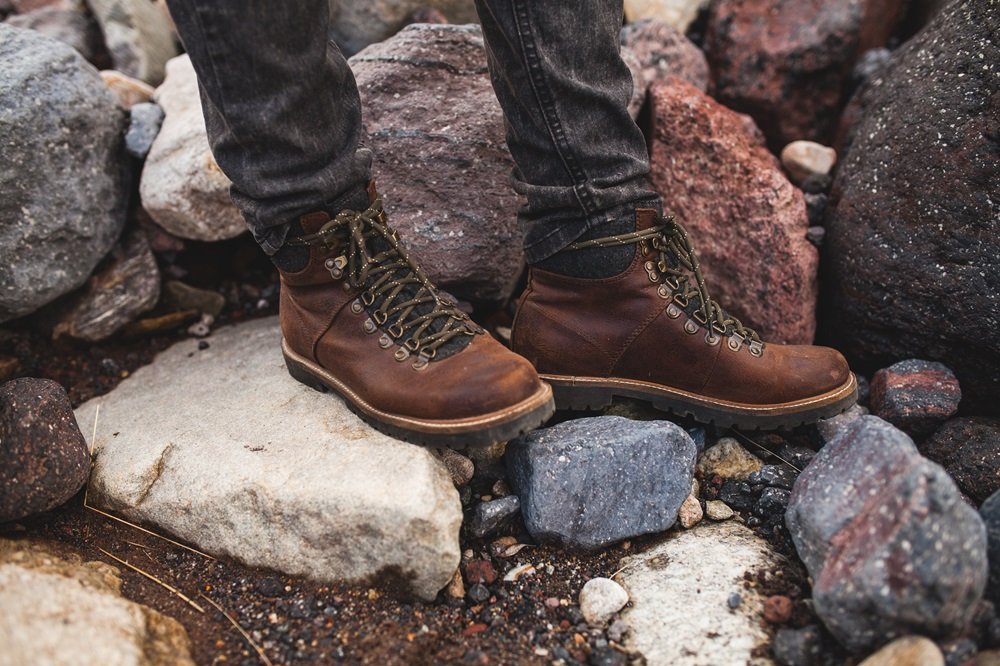Choosing the right mountaineering boots can make or break your adventure. Whether you’re on the hunt for mens mountaineering boots or exploring options for women, knowing the difference between technical and entry-level models is key.
Let’s dive into the features that set them apart and help you decide which is best for your needs.
Why the Right Boots Matter
The right pair of mountaineering boots ensures safety, comfort, and performance on challenging terrains.
But what should you prioritize when selecting between technical and entry-level boots?
Key Differences at a Glance
| Feature | Technical Mountaineering Boots | Entry-Level Mountaineering Boots |
| Weight | Typically heavier for durability and support | Generally lighter for less strain |
| Materials | High-end materials like Gore-Tex, Vibram | Basic materials, often synthetic |
| Insulation | Superior insulation for extreme conditions | Basic insulation, suitable for mild climates |
| Crampon Compatibility | Designed for automatic and semi-automatic | Limited, often only strap-on crampons |
| Stiffness | High stiffness for technical climbs | Moderate stiffness, more flexibility |
| Price | Higher price due to advanced features | More affordable for beginners |
Features of Technical Mountaineering Boots
1. Weight and Durability
Technical boots are built to withstand harsh conditions. They are typically:
- Heavier due to robust construction.
- Made with high-end materials like Gore-Tex for waterproofing and Vibram soles for grip.
2. Insulation
For high-altitude and extreme cold environments:
- Technical boots offer superior insulation.
- Suitable for conditions well below freezing.
3. Crampon Compatibility
Advanced climbers need reliable crampon attachment:
- Designed for automatic and semi-automatic crampons.
- Essential for ice climbing and glacier travel.
4. Stiffness and Support
Technical boots provide:
- High stiffness to support your feet on steep and uneven terrains.
- Better ankle support to prevent injuries.
5. Price
Due to their advanced features, technical boots are:
- Generally more expensive.
- A worthwhile investment for serious climbers facing extreme conditions.
Features of Entry-Level Mountaineering Boots
1. Weight and Materials
Entry-level boots are designed for beginners:
- Lighter weight to reduce fatigue.
- Often made from synthetic materials that are less expensive but still durable.
2. Insulation
For moderate climates and less extreme conditions:
- Basic insulation to keep your feet warm.
- Suitable for spring and fall hikes.
3. Crampon Compatibility
For entry-level use:
- Usually compatible with strap-on crampons.
- Adequate for general mountaineering but not technical ice climbing.
4. Flexibility and Comfort
Beginners benefit from:
- Moderate stiffness for a balance of support and flexibility.
- More comfortable for longer treks on varied terrain.
5. Price
A great starting point for new climbers:
- More affordable.
- Allows beginners to experience mountaineering without a huge upfront cost.
Choosing the Right Boot for You
Assess Your Needs
Consider the type of mountaineering you plan to do:
- Technical Climbs: Opt for technical boots if you’re tackling high altitudes, glaciers, or ice climbs.
- General Mountaineering: Entry-level boots are perfect for less extreme conditions and mixed terrains.
Try Before You Buy
Always try on boots to ensure they fit well:
- Comfort: Walk around to check for any discomfort.
- Fit: Ensure there’s enough room for thick socks but not too loose to avoid blisters.
Consider the Conditions
Match the boot type to the environment:
- Cold and Wet: Technical boots with advanced insulation and waterproofing.
- Mild and Dry: Entry-level boots for comfort and affordability.

Conclusion
Choosing between technical and entry-level mountaineering boots comes down to your specific needs and the type of climbing you aim to do.
Technical boots offer durability, superior insulation, and crampon compatibility for extreme conditions.Meanwhile, entry-level boots provide comfort, flexibility, and affordability for beginners.















